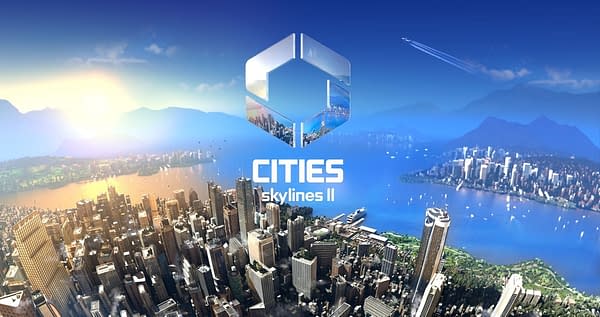Posted in: Games, Paradox Interactive, Video Games | Tagged: cities: skylines, Cities: Skylines II
Cities: Skylines II Releases New Deep Dive Into Electricity & Water
Paradox Interactive keep tackling new aspects of Cities: Skylines II before the game comes out, this time around talking water and power.
Paradox Interactive released a new deep dive blog and video for Cities: Skylines II last week as the team went more in-depth on Electricity & Water. This one feels a little more extensive compared to the previous ones, as you're dealing with two key elements to your city functioning with must-have utilities. Without these resources, your citizens suffer, and productivity drops immediately. So you'll need to keep tabs on everything to make sure it's running well. We have a snippet from the blog talking about electricity, as well as the video for you to see below.

"There are various ways to provide the city with electricity. Electricity can be produced locally in the various power plants. Electricity can also be traded with Outside Connections through power lines. If there's an electricity deficit, the city automatically buys electricity from the neighboring cities if the city is connected to the power line leading to Outside Connections. If the city produces excess electricity, it can, in turn, be sold to Outside Connections through to power line connection. Importing electricity is quite costly but can help during electricity usage spikes. Exporting electricity can cover the production costs partially. Emergency Battery Stations and battery upgrades for certain power plants can be used to store excess electricity produced in the city for when the city experiences a spike in electricity usage."
"Producing electricity locally is a good way to ensure your city's needs are met while saving on costs that importing power would bring. The different power plants can be divided into different categories based on what type of resource they use to produce electricity: fossil fuels, renewable energy, and nuclear. Fossil fuel power plants use coal, oil, or gas to produce electricity, which can be produced locally in Specialized Industry areas (Ore and Oil) or imported from Outside Connections. Power plants using renewable sources get their energy from solar, wind, geothermal, and water."










